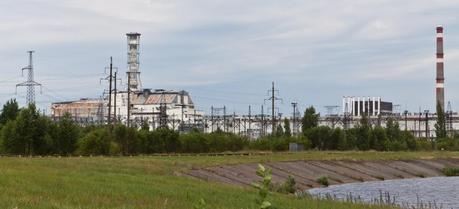 Chernobyl nuclear power plant. (Credit: Flickr @ Sergii https://www.flickr.com/photos/ashenwolf/)
Chernobyl nuclear power plant. (Credit: Flickr @ Sergii https://www.flickr.com/photos/ashenwolf/)The European Commission’s own research body, the Joint Research Center (JRC), has released a new report presenting an overview of its research on nuclear safety and security.
In the European Union around 27% of electricity is produced by nuclear energy. Nuclear energy plays a fundamental role in the EU for it to meet its own targets to cut greenhouse gas emissions and to ensure its energy security. The choice to use nuclear power or not in the energy mix of each of the 28 EU Member States is a national decision and currently the situation differs significantly amongst them. Today, there are 14 countries in the EU operating over 130 reactors, two of which have clear phasing out policies, and four that are investing in new-builds.
SEE ALSO: NAS Report Provides Lessons Learned from Fukushima Accident
The nuclear activities of the JRC are aimed at supporting the implementation of EU legislation, giving priority to the highest standards for nuclear safety and security in the Union, and internationally.
This work is carried out in support of the European Commission’s obligations in the field, originally set up by the Euratom (European Atomic Energy Community) Treaty. The JRC mobilizes its capacity and expertise in order to assess and improve the safety of nuclear installations and peaceful uses of nuclear energy and other non-fission applications and also to provide a scientific basis to relevant EU legislation. The JRC carries out research and assessment, provides references and standards and delivers dedicated training and education.
The thematic report is organized in five chapters describing relevant scientific output in nuclear safety; nuclear security; reference measurements; materials and standards; nuclear knowledge management; training and education and, in the last chapter, innovation. In addition, the report lists facilities, partners and references as well as links to useful tools and websites are provided.
This is the fourth in the thematic report series, after the release of the reports on water, standards and energy.
The entire report is available for download.

